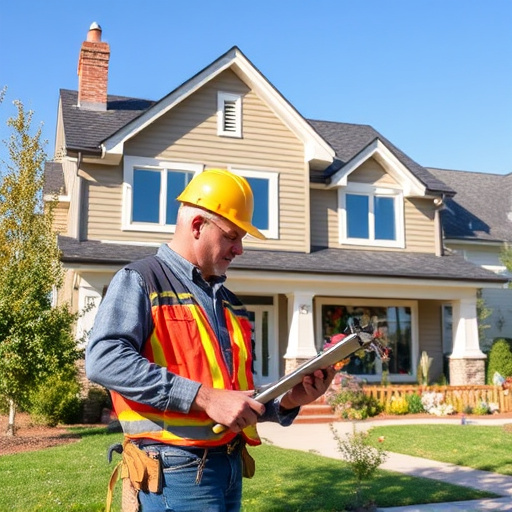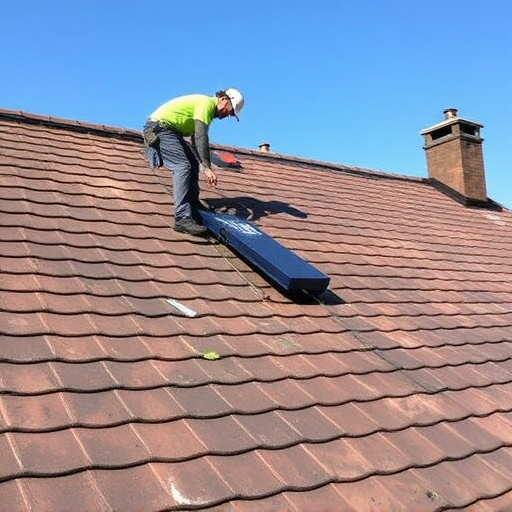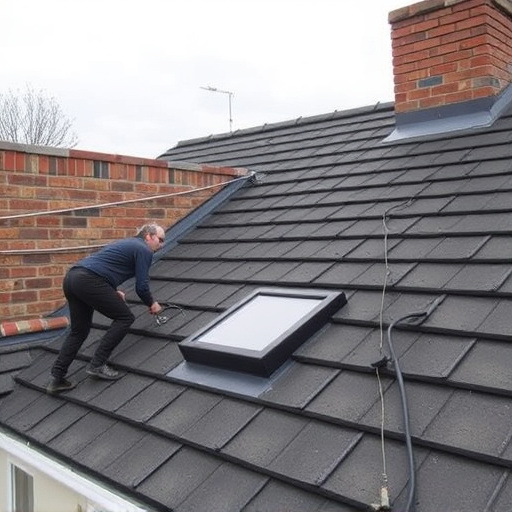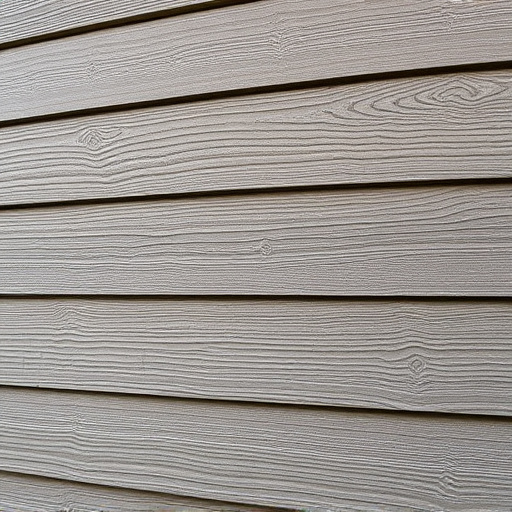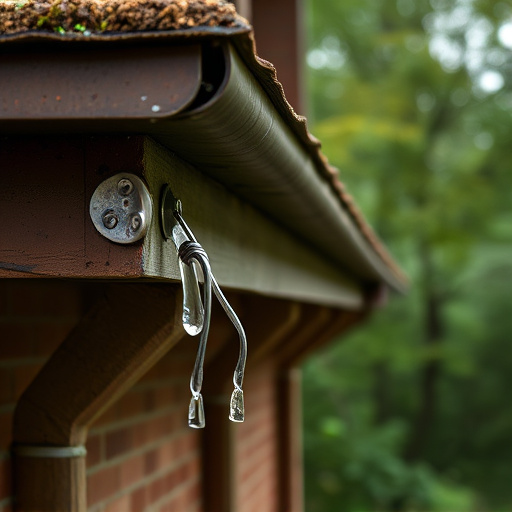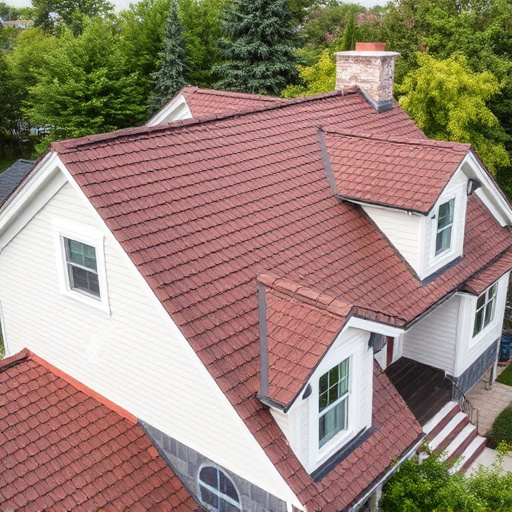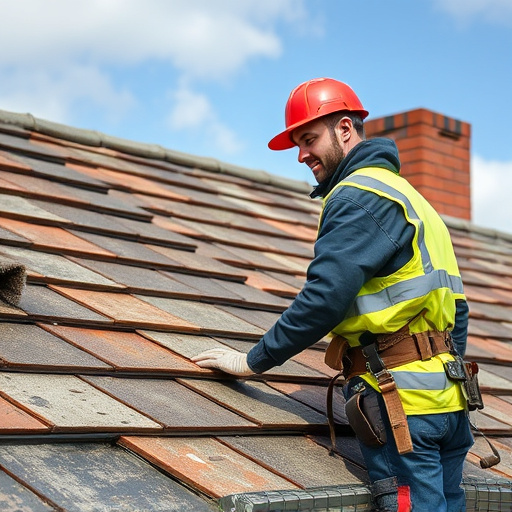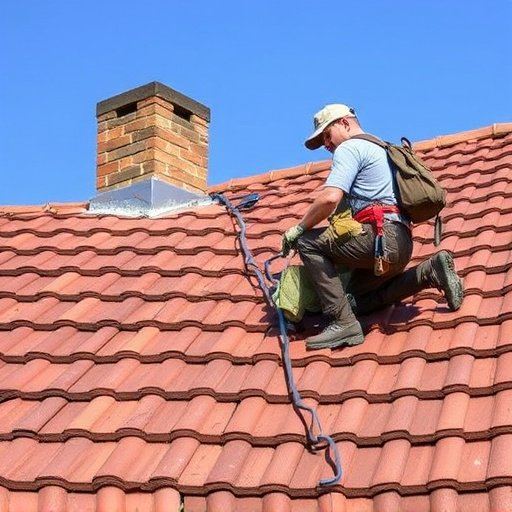Vinyl siding, a popular home exterior choice for its aesthetic appeal and protection against elements, is made from polyvinyl chloride (PVC) through a complex production process. Its durability, low maintenance, and energy-efficient properties make it attractive, despite environmental concerns during manufacturing. As consumer demand shifts towards eco-friendly options, the market expands with alternatives like fiber cement, metal, and recycled composites, offering longer lifespans and reduced environmental impacts. Roofing services are key in guiding homeowners to these sustainable choices, aligning with long-term cost savings and decreased ecological footprints.
In today’s eco-conscious world, understanding the environmental impact of building materials is paramount. Among exterior cladding options, vinyl siding has gained popularity due to its durability and low maintenance. However, its production and disposal raise concerns about environmental sustainability. This article delves into the intricacies of vinyl siding, exploring its materials, manufacturing processes, and eco-effects. We also uncover sustainable alternatives gaining traction in the industry, setting the stage for a greener future in exterior cladding.
- Understanding Vinyl Siding: Materials and Production
- The Environmental Footprint of Vinyl Siding Installation
- Sustainable Alternatives and Future Trends in Exterior Cladding
Understanding Vinyl Siding: Materials and Production
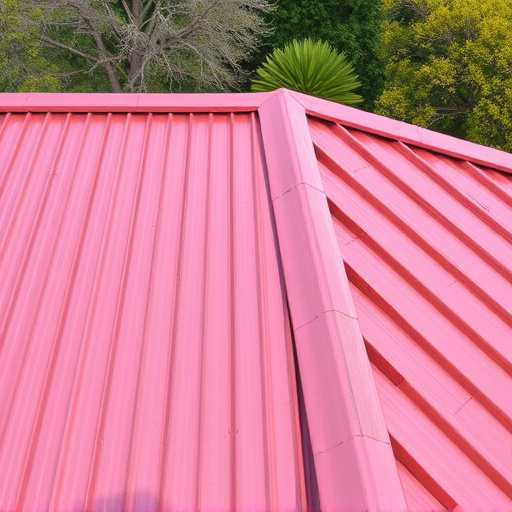
Vinyl siding is a popular choice for homeowners looking to enhance their property’s exterior aesthetics and protect it from the elements. This durable material is primarily composed of polyvinyl chloride (PVC), a synthetic polymer derived from salt and oil byproducts. The production process involves mixing PVC with additives, coloring agents, and stabilizers to create a malleable compound that can be easily shaped into thin sheets. These sheets are then cut to specific lengths and widths, ready for installation.
During manufacturing, the raw materials undergo extrusion, where they are forced through a die to form the distinctive profile of vinyl siding. This process ensures precise dimensions and uniform quality. Additionally, advanced technologies enable manufacturers to incorporate texturing or specialized patterns on the surface, offering a wide range of visual options for residential roofing and gutters. The versatility of vinyl siding, along with its low maintenance requirements, makes it an attractive choice for home exterior services.
The Environmental Footprint of Vinyl Siding Installation
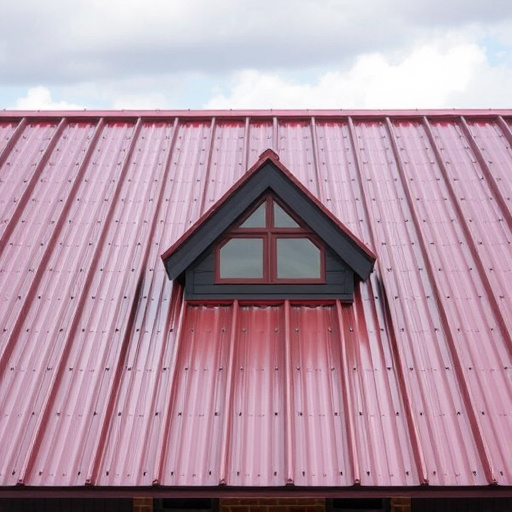
When considering vinyl siding for your home, it’s crucial to understand its environmental footprint throughout its lifecycle. The manufacturing process of vinyl siding contributes to air pollution and greenhouse gas emissions due to the production of petrochemicals. However, once installed, vinyl siding offers a relatively low environmental impact compared to other residential siding options. It is durable, requiring minimal maintenance and repairs, which reduces the need for frequent replacement.
Compared to traditional roofing and siding materials like wood or fiber cement, vinyl siding is more energy-efficient. Its insulating properties can help regulate indoor temperatures, reducing the energy needed for heating and cooling. While disposal remains an issue, proper recycling programs are in place for vinyl waste, ensuring that materials don’t end up in landfills. This encourages responsible siding repairs and replacements over time, contributing to a more sustainable built environment.
Sustainable Alternatives and Future Trends in Exterior Cladding
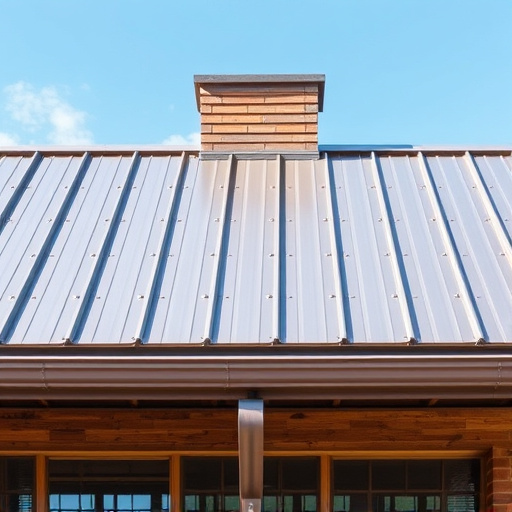
As an increasing awareness of environmental sustainability takes hold, consumers are looking for eco-friendly alternatives to traditional vinyl siding. While vinyl is often chosen for its durability and low maintenance, concerns around its production and disposal have prompted innovation in the exterior cladding market. Sustainable options like fiber cement, metal, and recycled composite materials offer longer lifespans, reduced environmental impact during manufacturing, and can even contribute to energy efficiency in homes.
Looking ahead, future trends in exterior home improvements are poised to further blur the lines between aesthetics and sustainability. Advanced materials, such as smart siding that can adapt to climate conditions or change color over time, are on the horizon. With a growing emphasis on long-term cost savings and reduced environmental footprints, roofing services will play a crucial role in guiding homeowners towards the best options for their needs and values, including eco-conscious choices beyond traditional vinyl siding.
While vinyl siding offers durability and low maintenance, its environmental impact during production and disposal cannot be overlooked. As we move forward, exploring sustainable alternatives like recycled materials and innovative technologies will be crucial in mitigating the ecological effects of exterior cladding choices. By embracing eco-friendly options, homeowners and builders can contribute to a greener future while still benefiting from the advantages vinyl siding provides.
